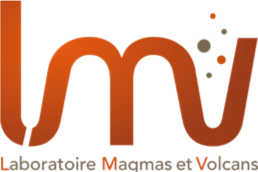Mardi 24 Janvier à 14h dans la salle des séminaires (1.10) : Thomas Séon (Institut d’Alembert, UPMC Paris)
Titre : The physics of effervescence, from bubble bursting to drop evaporation.
Résumé :
When a bubble reaches an air-liquid interface, it ruptures, projecting a multitude of tiny droplets in the air (see top sequence of attached figure). Across the oceans, an estimated 1018 to 1020 bubbles burst every second, and form the so called sea spray, a major player in earth’s climate system. At a smaller scale, in a glass of champagne about a million bubbles nucleate on the wall, rise towards the surface and burst, giving birth to a particular aerosol that holds a concentrate of wine aromas.
Based on the model experiment of a single bubble bursting in simple liquids and focusing on the bubble bursting jet, prelude for these aerosols, we propose a simple scaling law for the jet velocity. We unravel experimentally the intricate roles of bubble shape, capillary waves, gravity, and liquid properties. In particular, we demonstrate how damping action of viscosity produces faster and smaller droplets (see attached figure) and more generally how liquid properties enable to control the bubble bursting aerosol characteristics.
Finally, the particular case of Champagne wine aerosol is further studied, and the key features of this aerosol are identified. We demonstrate that compared to a still wine, champagne fizz drastically enhances the transfer of liquid into the atmosphere. There, conditions on bubble radius and wine viscosity that optimize aerosol evaporation are provided. We conclude by showing how these results can pave the way towards the fine tuning of flavor release during sparkling wine tasting, a major issue of the sparkling wine industry.



